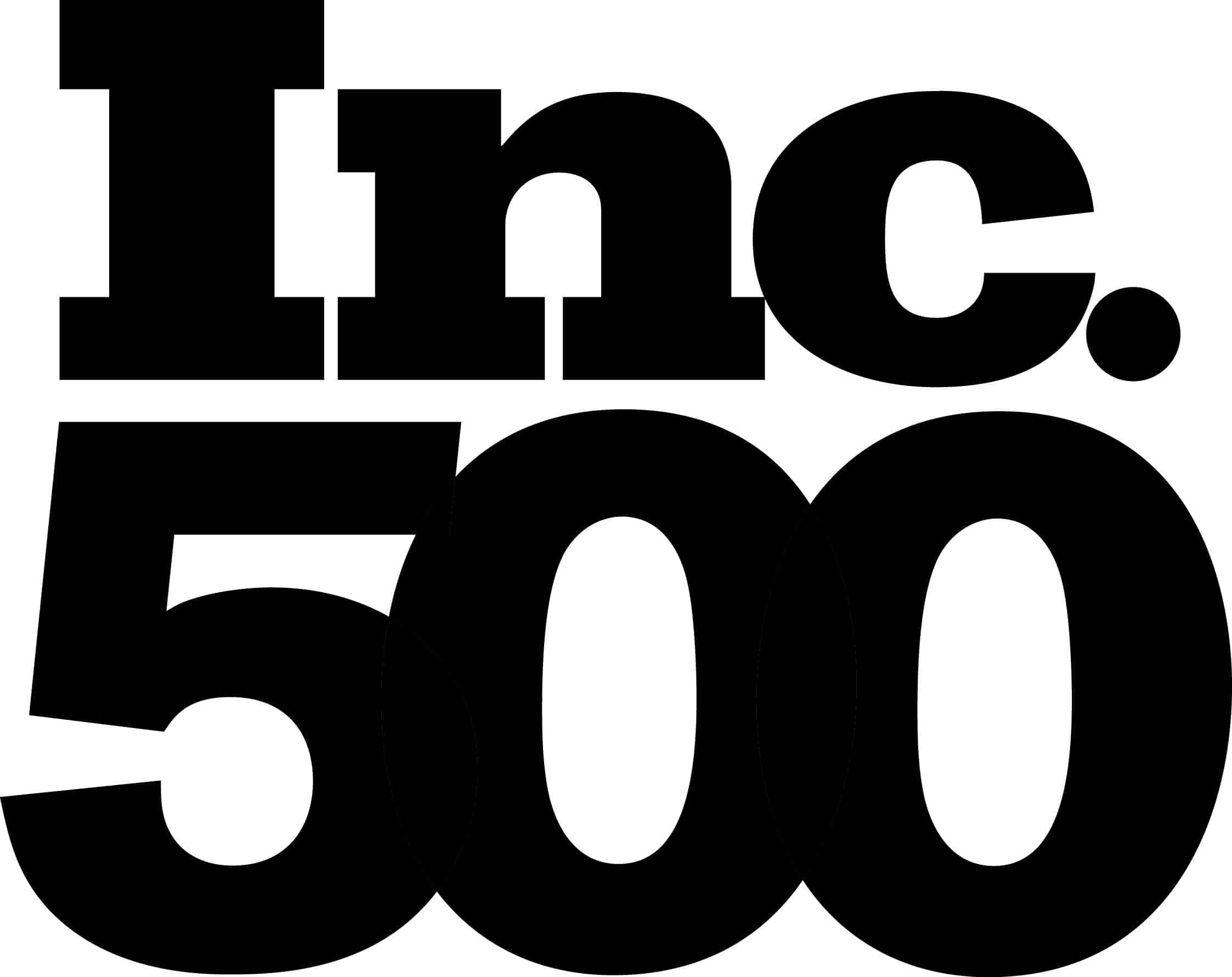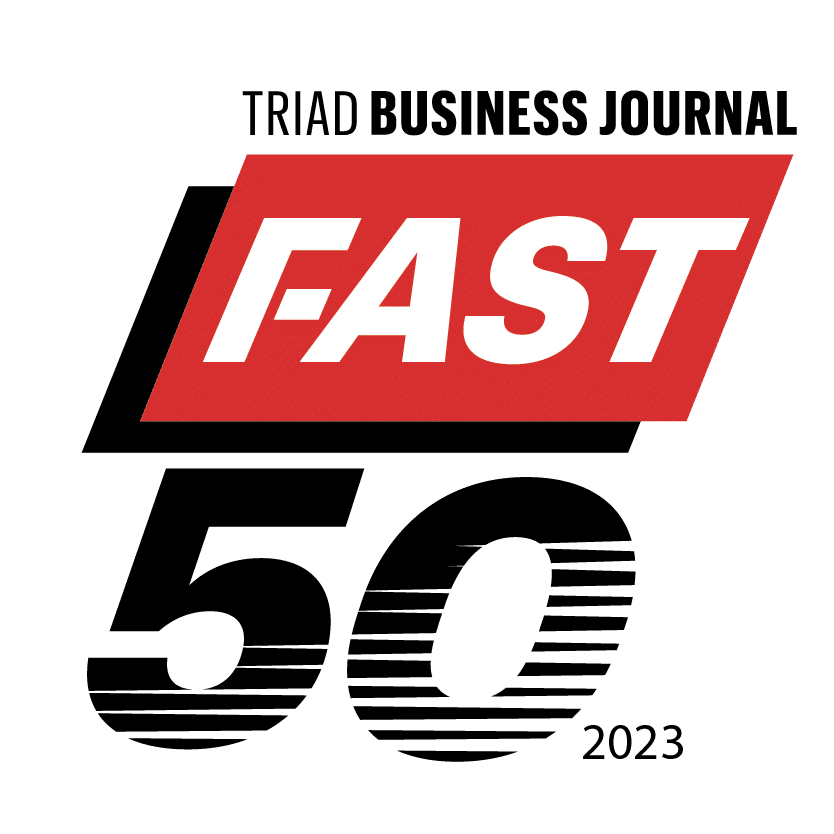How to Tell the Difference and What to Do About It
By Andrew Pfeiffer, Project Director
Why do so many businesses struggle with accountability?
If you’ve ever found yourself saying, “I just can’t find good people,” you’re not alone. It’s one of the most common frustrations across industries.
But what if the real problem isn’t the person? What if it’s the process? Imagine the relief of finding a solution to this common frustration.
When businesses experience inconsistent performance, it usually comes down to two things:
- People don’t know what’s expected of them (expectation gap)
- Or they know but aren’t doing it (execution gap)
Either way, the result is the same: frustration, inefficiency, and lost revenue.
So, How Can You Tell If It’s a People Problem Or a Process Problem?
Start with these questions:
- Is the role defined in writing, or is it just understood?
- Has the person been trained recently, or have they been thrown in and expected to figure it out on their own?
- Do they know how their performance is measured?
- Do they have the right tools and support to do the job?
- Are others on the team consistently completing the same task?
If the answer to any of these is no, chances are, you’ve got a process issue. If everything checks out but the performance is still off, then it’s likely a people issue.
Real-World Example
I worked with a business where the operations leader was frustrated with the scheduling function. Jobs were being missed, clients were calling in angry, and field crews were idle at the wrong times.
It appeared to be a performance issue, but a closer look revealed there was no clearly defined process in place. There was no checklist outlining what needed to happen each day, limited training on the scheduling system, and constant interruptions that made focused time nearly impossible.
Once the process was clarified and documented, including a checklist, time blocks for uninterrupted scheduling, and training on the tools involved, performance improved within two weeks. This reinforced the fact that the issue was not about personal capability. It was about the absence of a well-defined, structured process.
People vs. Process: A Simple Breakdown
Here are some common symptoms and how they usually indicate whether you’re facing a process issue or a people issue:
- If you see inconsistent results across your entire team, it’s likely a process issue. When only one person is underperforming while others succeed, it may indicate a people issue.
- If there is no documentation or training, that’s almost always a process problem. People can’t succeed with unclear or missing instructions.
- When the right tools or systems are missing, that reflects a failure in the process, not in the person using them.
- On the other hand, if everything is clearly defined, documented, and available, but performance still falls short, that usually signals a people issue.
Use these observations as a guide when diagnosing problems within your business. Remember, the ability to diagnose and analyze is the first step towards a solution.
Fix the Process First
You can’t expect consistent results when expectations are vague or undocumented. Before jumping to conclusions about performance, take a hard look at the systems in place.
This is where Cogent’s 4 Pillars come in. They help anchor the foundation of any business:
- Business Development: Are roles supporting the direction you’re trying to grow in, or are people stuck doing whatever comes up?
- People: Are responsibilities clear, and does the team know who owns what?
- Measurement: Can you tell, at a glance, if something is working or not?
- Operations: Are your processes documented, or are they reliant on memory and habit?
Once those are in motion, I use what I call the 5 E’s Framework to drill in further and figure out what’s missing:
- Experience: What’s it like to work in that role day-to-day? Is the setup helping or hindering?
- Expectations: Have you clearly communicated what “done right” looks like?
- Execution: Are people following the plan, or is it just a suggestion?
- Education: Has the team been trained, or are they winging it?
- Empowerment: Does each person feel confident making decisions, or are they stuck waiting for permission?
You don’t need perfection, but you do need clarity, consistency, and a plan that people can follow.
When It’s a People Problem
Once systems are sound and performance still doesn’t align, the conversation shifts.
Steps to take:
- Have a direct, coaching-focused conversation
- Reset clear expectations and timelines
- Provide short-term accountability and follow-ups
- If improvement does not follow, it may be time for a change
Avoiding this step has a cost. Clarity and courage are essential for leaders.
Why This Distinction Matters
Too often, leaders focus on the individual rather than the system as a whole. Or they keep tweaking the process while ignoring performance problems.
Using Cogent’s 4 Pillars provides a full-business perspective. Pairing that with the 5 E’s Framework helps structure conversations and decisions around people and performance.
Next Steps: What You Can Do Today
If it’s a process issue:
- Review the full process map to identify where the breakdown is happening
- Look for missing steps, unclear handoffs, or assumptions that no longer fit
- Clarify expectations and streamline where possible
- Create a checklist or job aid based on the revised process
- Retrain using examples grounded in actual day-to-day work
- Ensure that tools, systems, and responsibilities support the process in the future
If it’s a people issue:
- Reset expectations and timelines
- Coach actively
- Track progress and take action if needed
- Use Cogent’s 4 Pillars and 5 E’s Framework to evaluate all future performance issues
Reinforce with Documentation
Even when the correct process is identified, clarity only lasts if it is documented and accessible. Leaders often assume that saying something once means it’s understood. In reality, documentation protects the business from miscommunication, turnover, and dependency on memory.
When creating or updating processes:
- Write them in a checklist or step-by-step format
- Make them easy to find and reference
- Review and update them regularly based on team feedback and results
Strong documentation turns clarity into consistency, and consistency is what scales.
Final Thoughts
Accountability without clarity creates chaos. Empowerment without structure creates drift. When roles, systems, and expectations are aligned, accountability becomes a shared standard.
Start with the process. Then develop the people. That’s how long-term change takes root.



